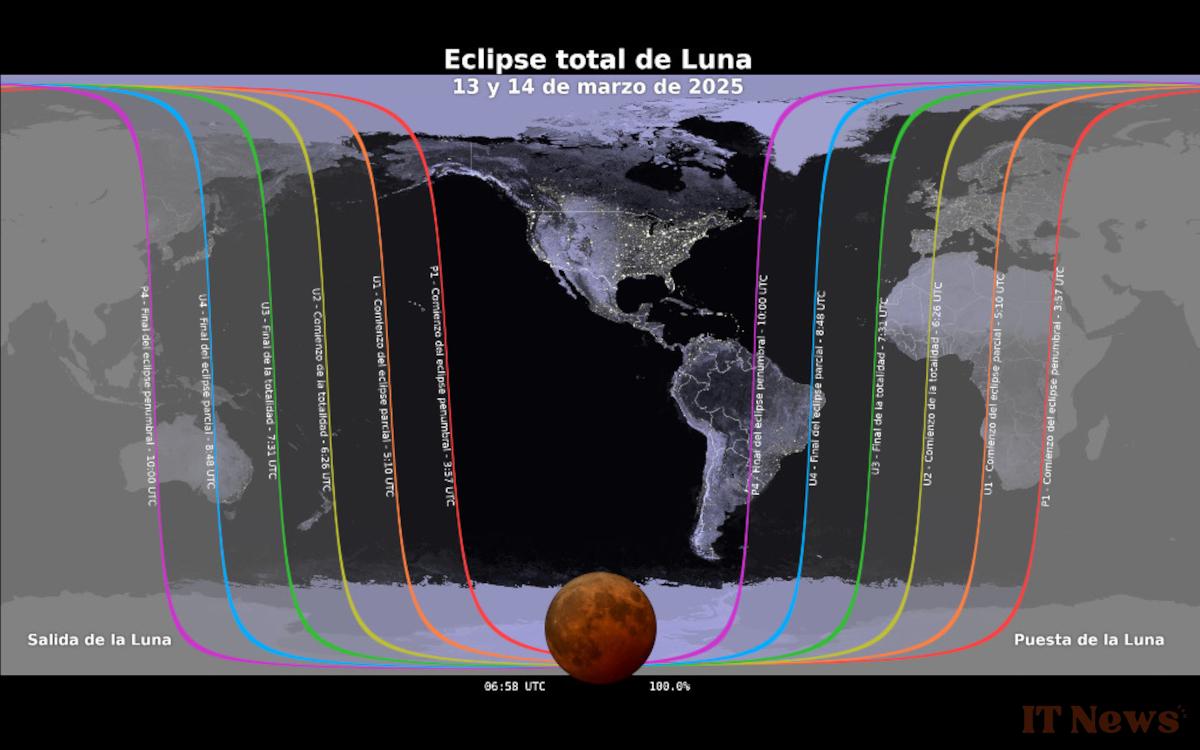A total lunar eclipse will occur on the night of March 13-14, 2025. For 65 minutes, our natural satellite will take on an intense red hue, a phenomenon called a “Blood Moon”. In France, the event will only be partially visible, but it will be possible to observe part of it before sunset.
Lunar eclipses offer a fascinating and accessible spectacle to all. Unlike solar eclipses, they are visible to the naked eye without special equipment. When a total eclipse occurs, the Moon passes through the Earth's shadow and takes on a reddish color due to the scattering of sunlight by the Earth's atmosphere. This rare phenomenon attracts millions of observers each year.
The next total lunar eclipse will occur on the night of Thursday 13 to Friday 14 March 2025. It will be visible in much of the world, particularly in North and South America, where it will appear in its entirety. In France, on the other hand, only the first part of the eclipse will be observable, because our natural satellite will set before the totality phase. The best observation conditions will therefore be in the west of the country, where it will later disappear below the horizon.
When and how to observe the Blood Moon of March 2025 in France?
In France, the eclipse will begin at 5:09 a.m. (Paris time) with the Moon entering the Earth's shadow. The reddish tint will begin to appear around 6:26 a.m., but it will set before reaching the totality phase. Those in the west of the country (Brittany, Normandy, New Aquitaine) will have a few minutes of additional visibility. To maximize your chances of observing the phenomenon, you will need to find a clear horizon to the west and hope for a cloudless sky.
Unlike solar eclipses, no eye protection is necessary to observe a lunar eclipse. A simple glance is enough to appreciate the spectacle, but a pair of binoculars or a telescope will allow you to better distinguish the color variations. For those who will not be able to observe it live, several specialized sites will offer online retransmissions. NASA and other observatories will broadcast the event live, allowing astronomy enthusiasts to follow the 2025 Blood Moon from anywhere in the world.




0 Comments